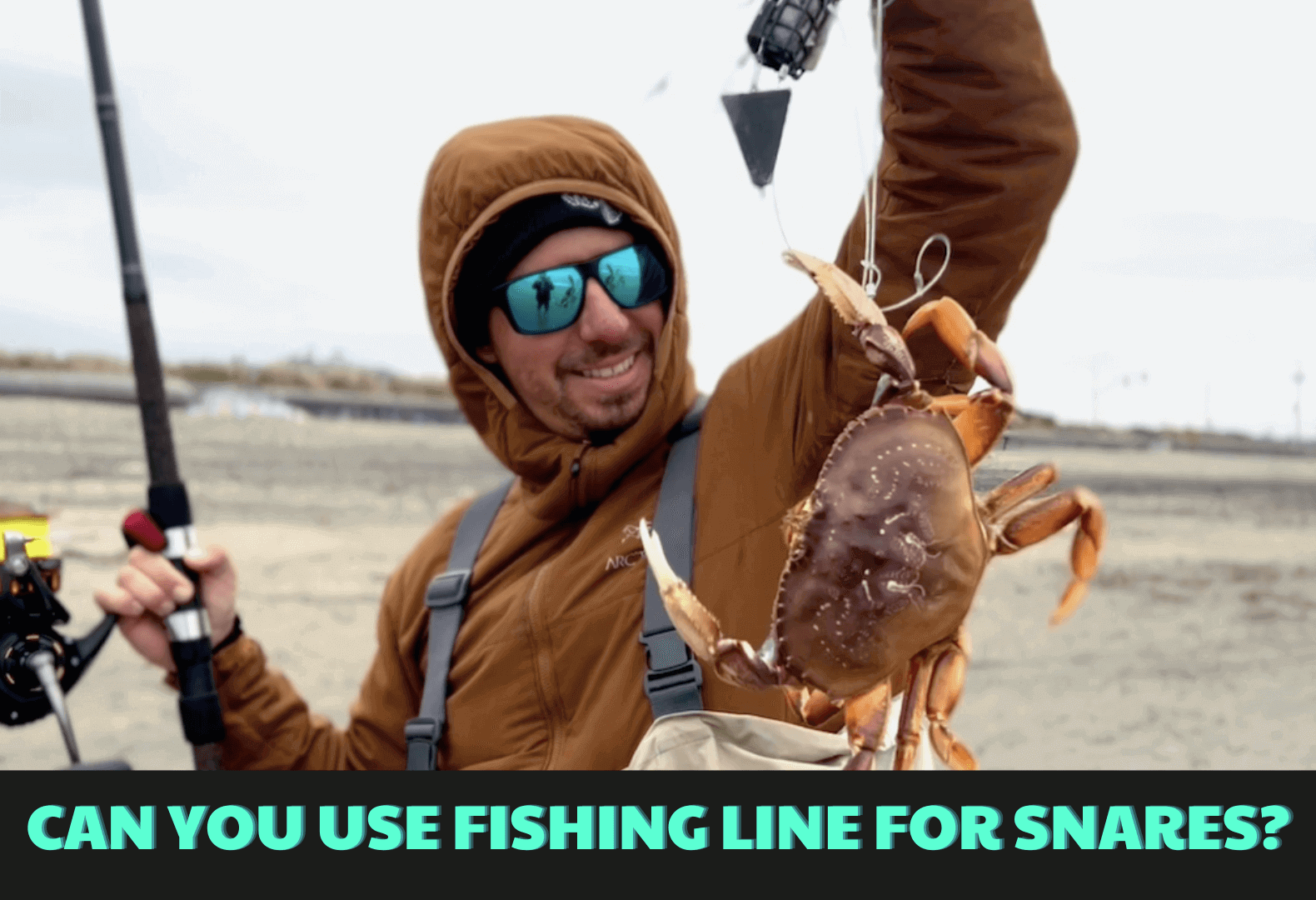A fishing line is an indispensable item in the fishing process of anglers. However, fishing lines have different uses besides making fishing lines attached to rods. And one of them is used to make snare. So, can you use fishing line for snares? To understand more, let’s scroll down.
Contents
What is a snare? Some types of snare
We will need support tools to catch small animals such as fish, birds, etc., and snares are one of them. The snare is designed to be simple and compact based on wire, rope, or fishing line. The principle of the snare is to snare animals by creating a circle around them without causing harm to the animals.
- The wire snare: The wire snare is commonly used among other types of snare because of its sturdy and durable. The primary materials include stainless steel, copper, and brass. These materials are easily found in fishing stores, which is why the wire snare is a favorite.
- The rope snare: The rope snare is less common than others. It is easy to create a rope snare but less strong or durable than the wire snares. However, it can be effective in a pinch, such as bait fishing.
- The fishing snare: The fishing line snare is an alternative to the traditional snare because of its lightweight and versatility, especially in survival situations. If you have no wire or rope, the fishing line will be the best choice to avoid wild animals.
Can you use fishing line for snares?
Yes, you can use fishing line for snares. You can create snares via the fishing line, which can be an effective material. The fishing line is less sturdy than wire or rope but is easy to carry because it is lightweight and will be highly effective when used correctly. Typically, anglers use the high-pound test fishing lines to create snare in 20 to 50-pound test lines.
One of the benefits of using a fishing line as a trap is its compactness and lightness. A fishing line has a much lighter weight than wire or rope. Besides, it only takes up a little space, so you will feel comfortable storing them in your backpack and carrying survival tools. The versatility of the fishing line is also outstanding because you can use it for many other functions, such as fishing, sewing, etc. The stealth property of the fishing line would also be a good thing. Then, you can easily catch animals as they will see less of the fishing line.
However, choosing which fishing line is suitable for making a trap will be one of the limitations. Many fishing lines will be designed with the primary purpose of fishing, and your use for snares will achieve the best results when hunting smaller animals.

How do you choose the right fishing line for snares?
Choosing fishing lines tested to a weight of 20 to 50 pounds is essential to try the strong snares line. This will ensure your fishing line is strong enough to hold the animal without easily breaking.
Fishing lines with high stealth properties will be a good choice for you, helping to increase your chances of successful fishing. The more transparent it is, the less likely the animals will see our snare. A monofilament line is recommended for use as a snare line.
How do you create a snare line?
To create a snare fishing line, follow a few simple steps below. And, of course, the required ingredient is a fishing line!
- First, cut a fishing line about 3 to 4 feet long. This is a typical length for making fishing line traps. It will be challenging to create a snare if it is too short, but if it is too long, it will be well-spent.
- You then create the “noose” of the trap by tying a small loop on one end of the rope. With the other end, please attach it to a sturdy anchor point such as a tree or stake driven into the ground.
- The final step in setting a trap is to place it in an area where animals often travel but remember the loop must be large enough to catch the prey.
You can actively put prey into the trap using other methods, such as bait or waiting for the target to enter the fishing line for the snare you set.
RELATED QUESTION
What can I use for snare wire?
The materials used to make traps must be robust, durable, and corrosion-resistant. Therefore, stainless steel, copper, and brass are most commonly recommended.
Can you make a snare with rope?
You can make a rope snare because this is one of the three traps I introduced above. However, it would help if you considered that it is not more durable and sturdy than other snares.
What wire is best for squirrel snares?
Similar to how to make line snares, you can make wire snare for squirrel snares with 22 to 24-gauge length wire. The nooses are under 3 inches long and zigzag the wire between the poles. Rotate these traps around the pole and place them throughout the squirrel pole.
Conclusion
We can use the fishing line to create snare, serving the needs of hunting other animals and fishing. And of course, there will also be pros and cons, as mentioned previously. The diversification of uses of the fishing line cannot be denied. If this article is helpful, please support me by following the page in other articles.


